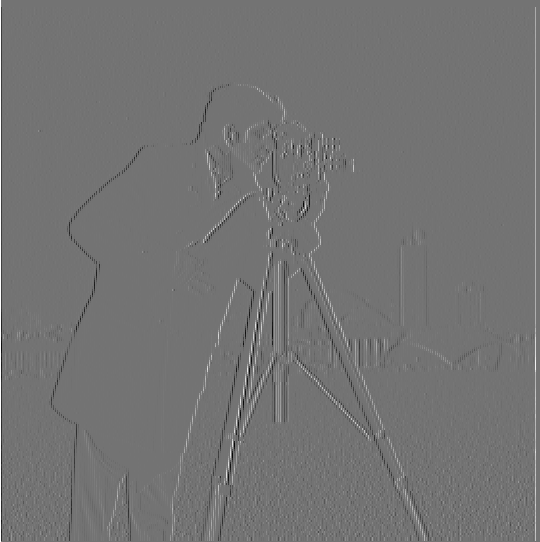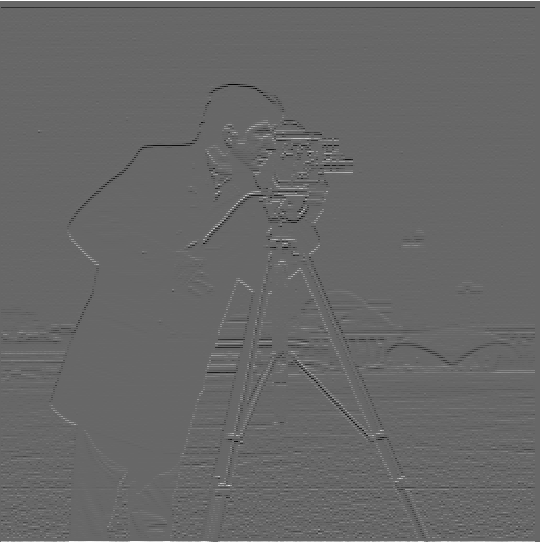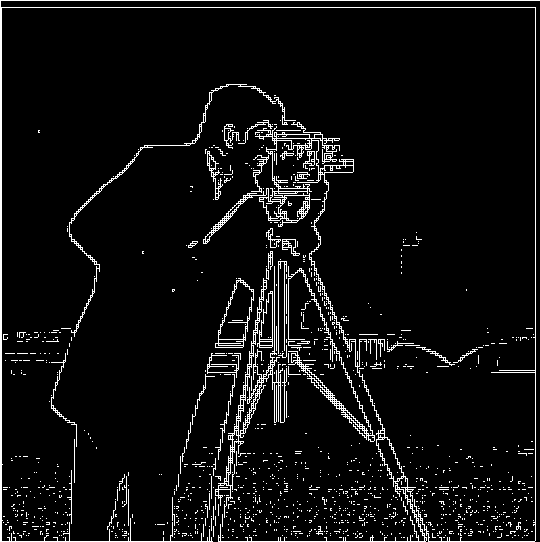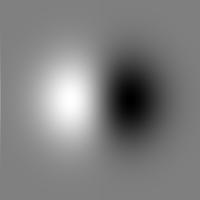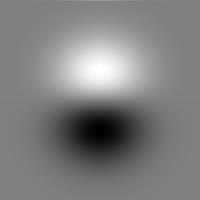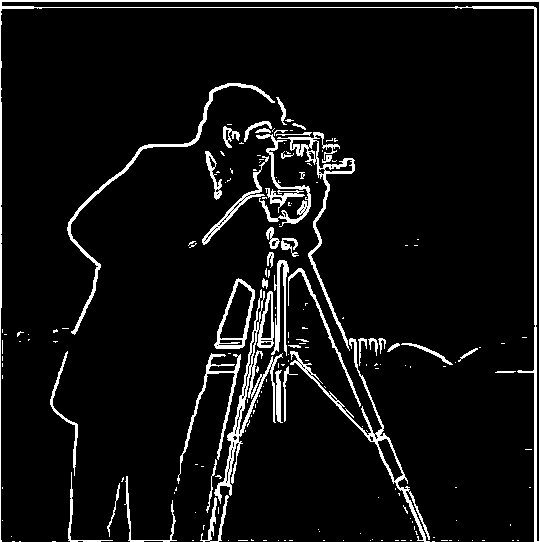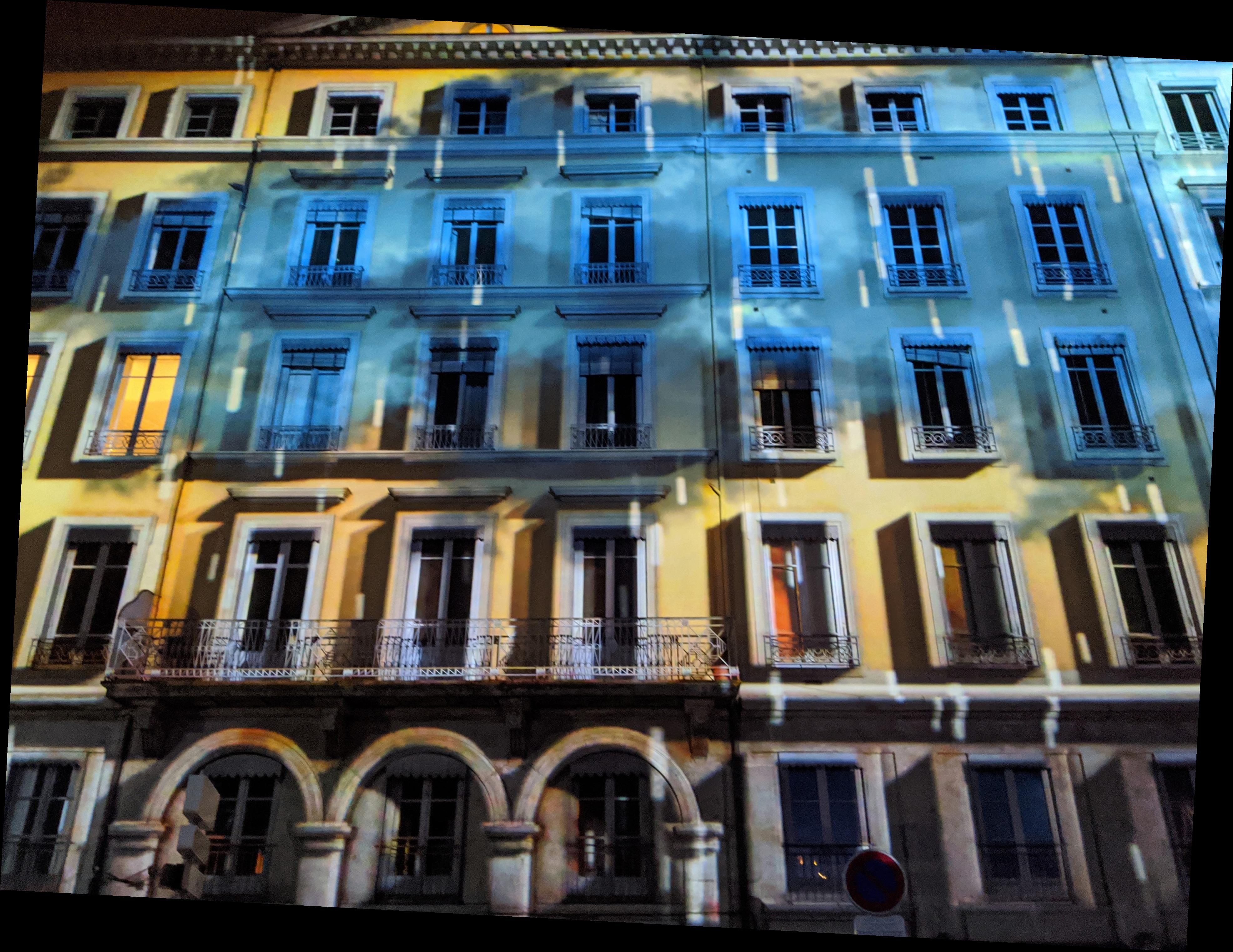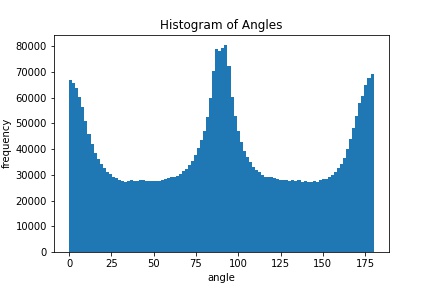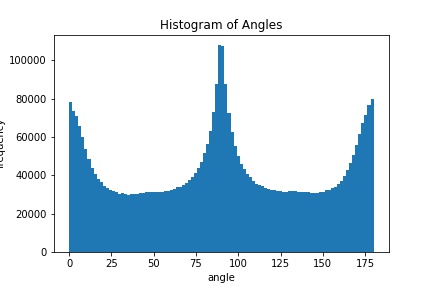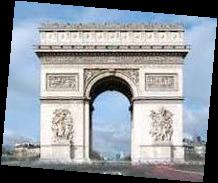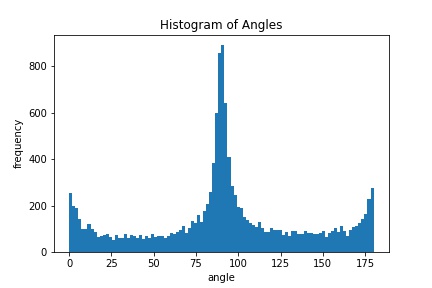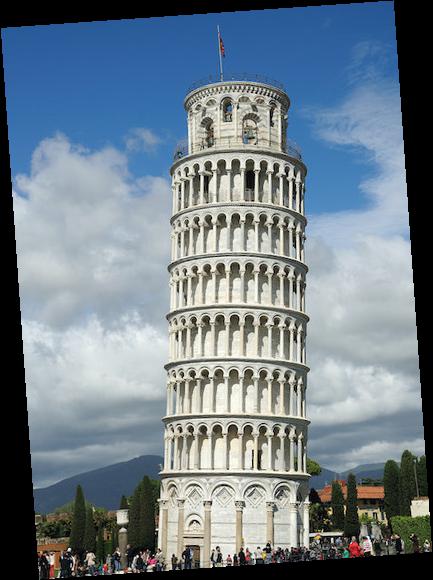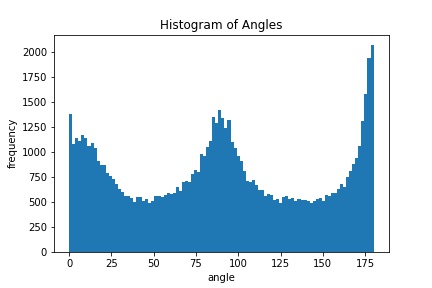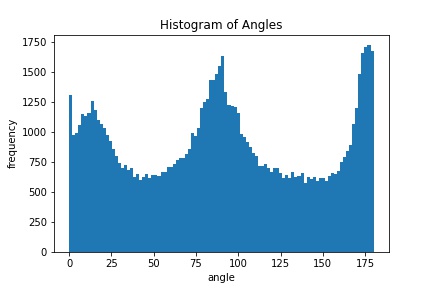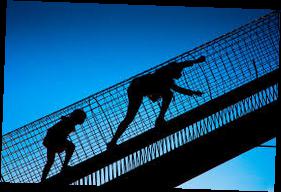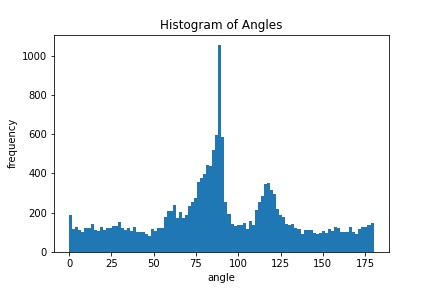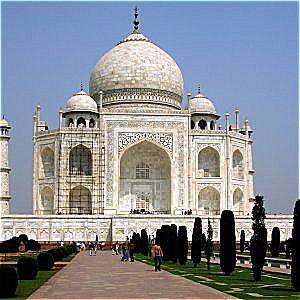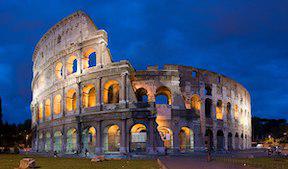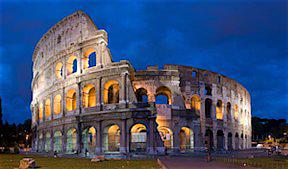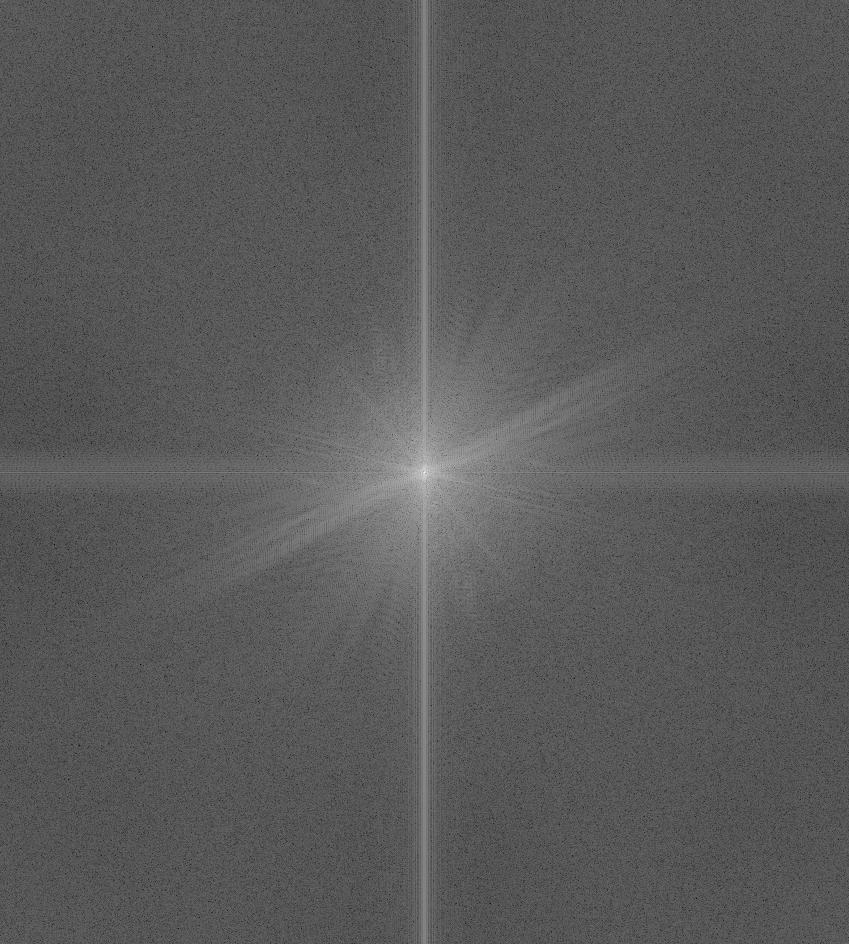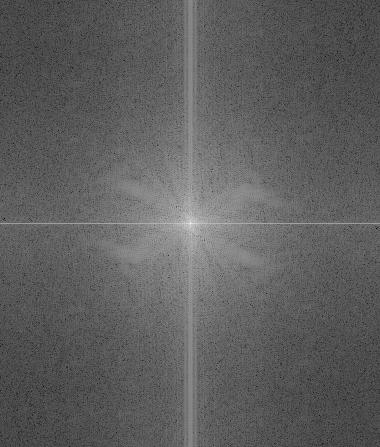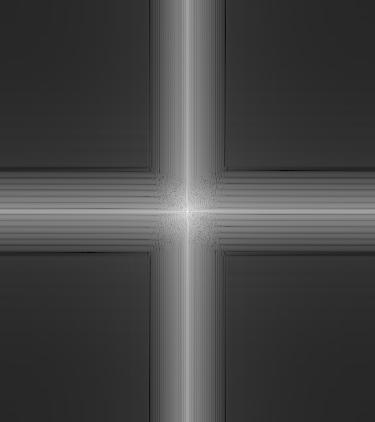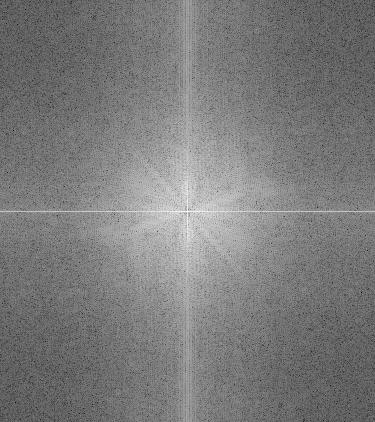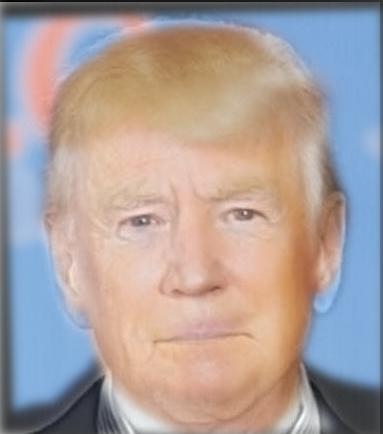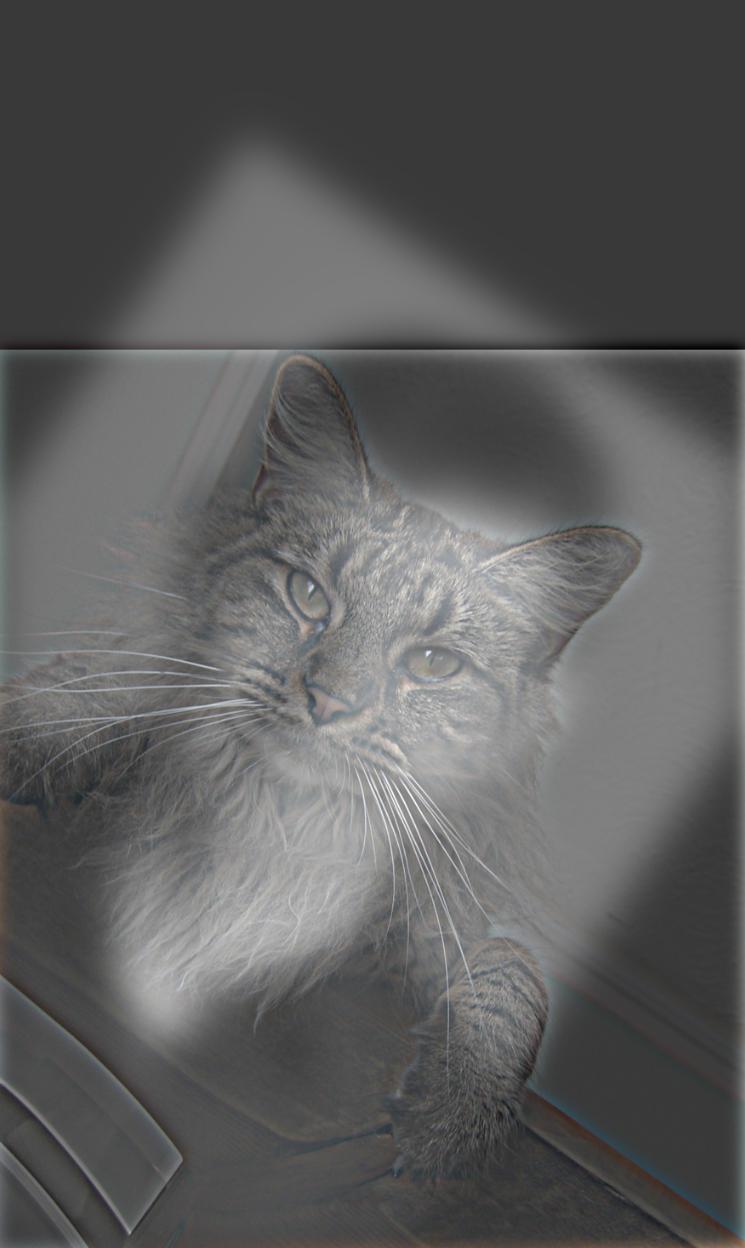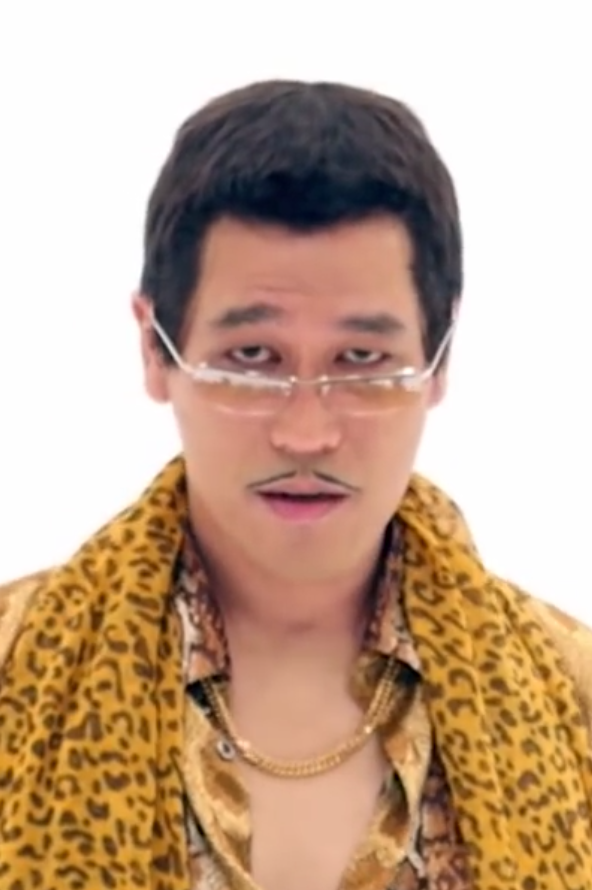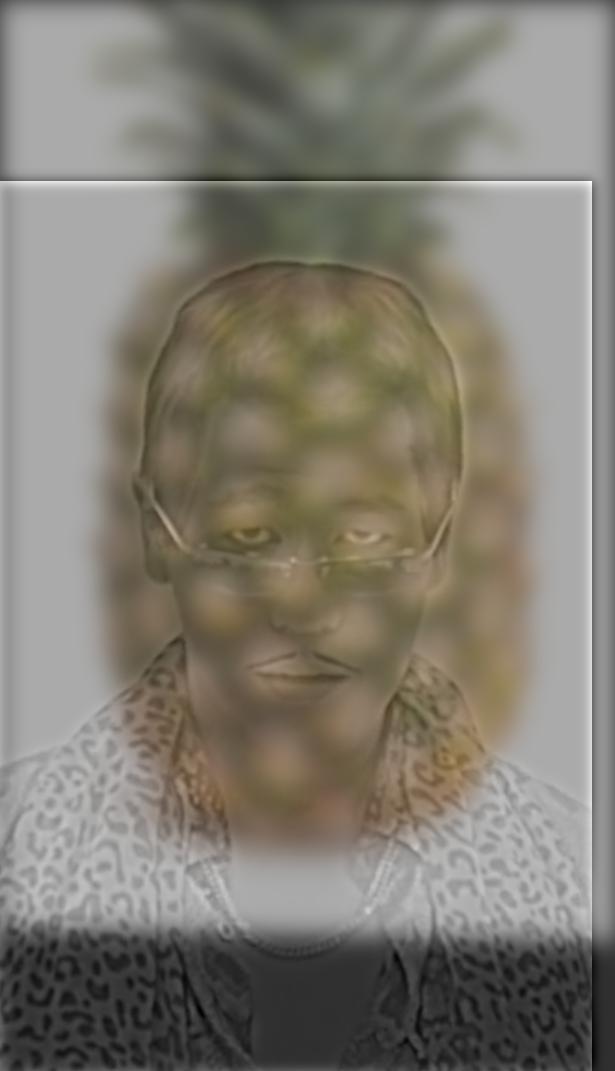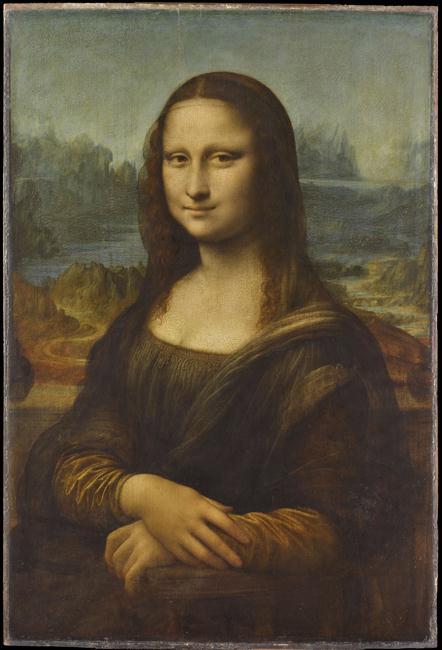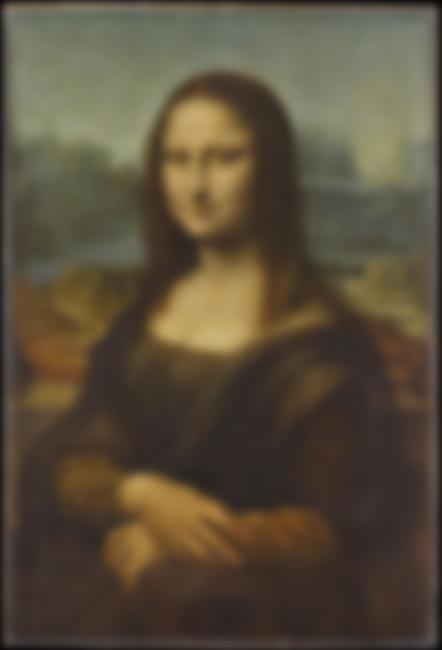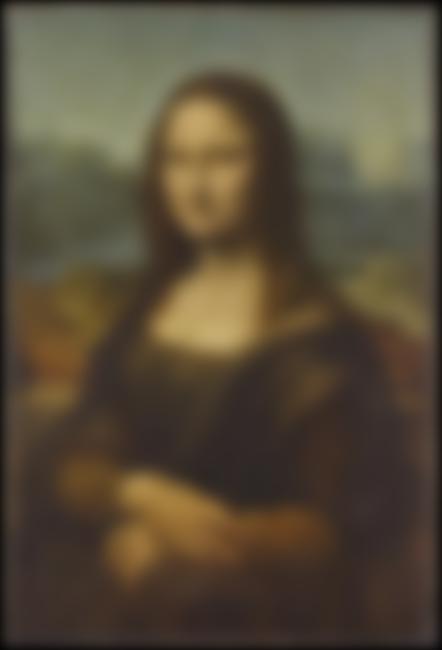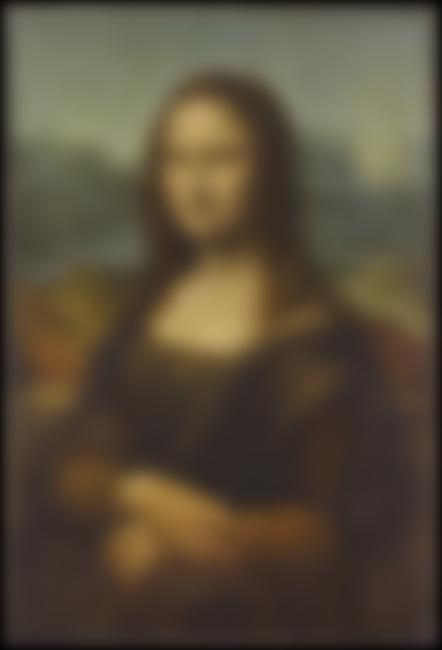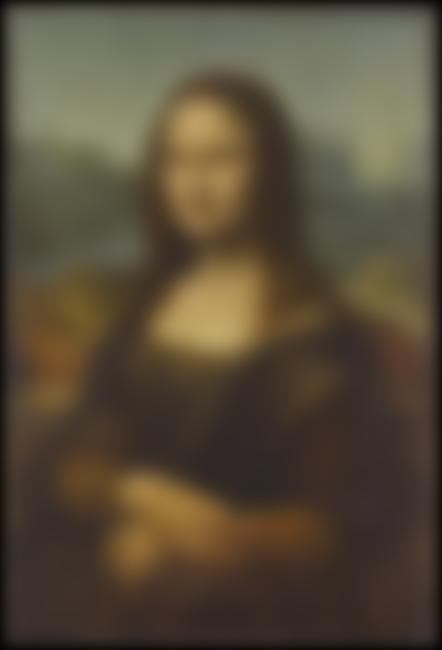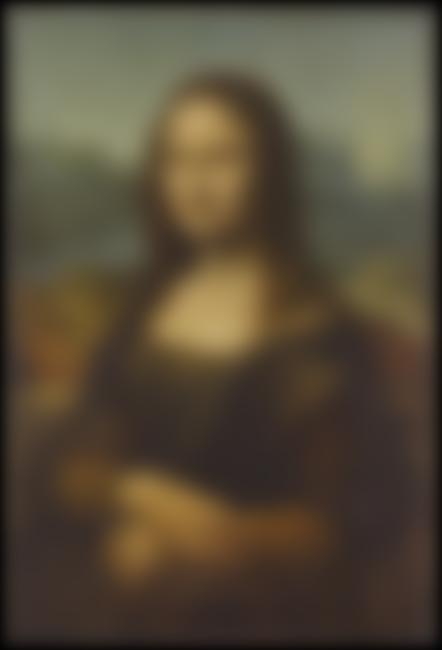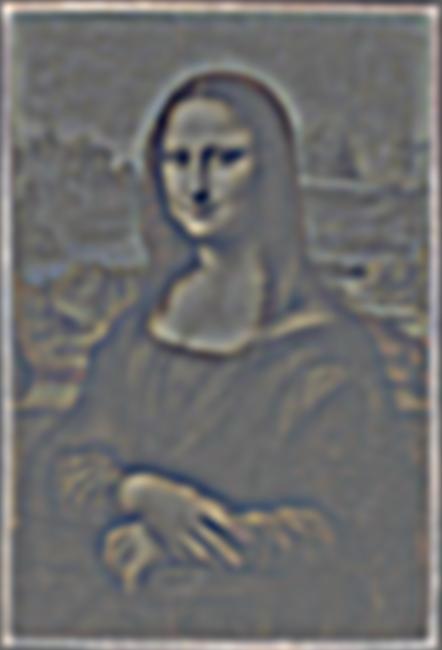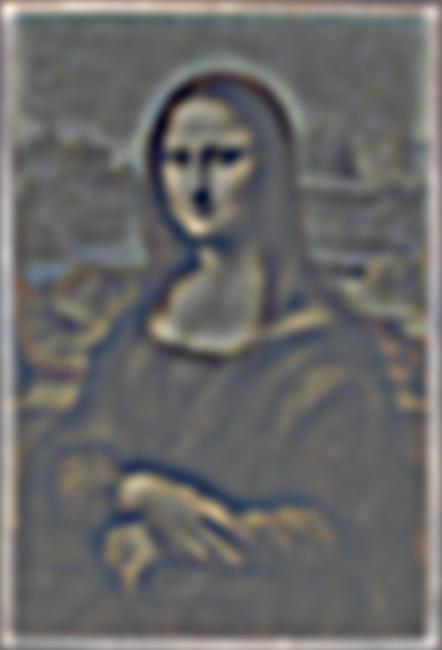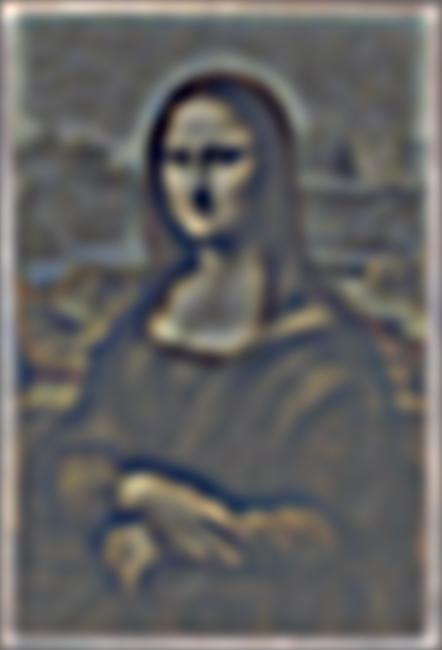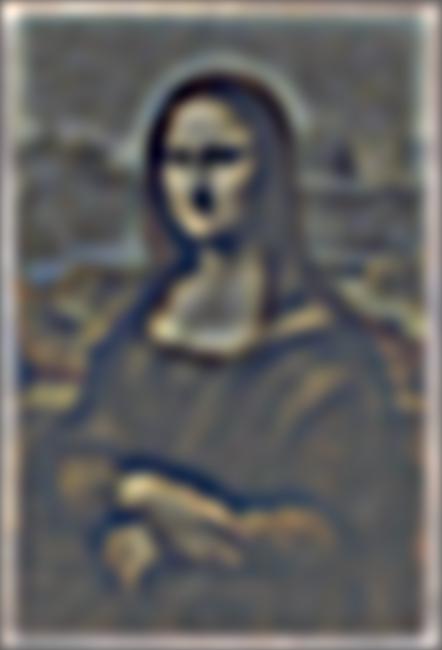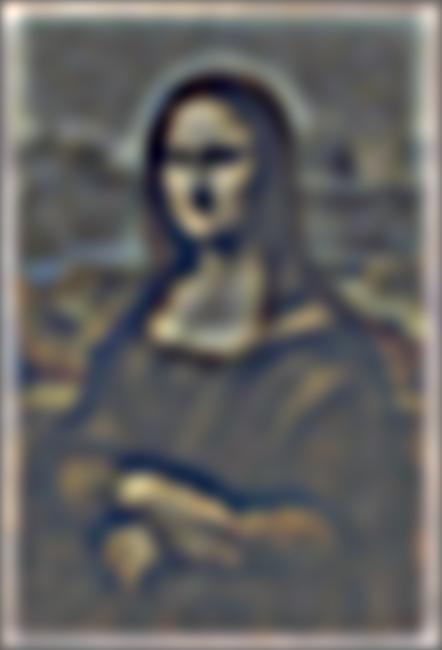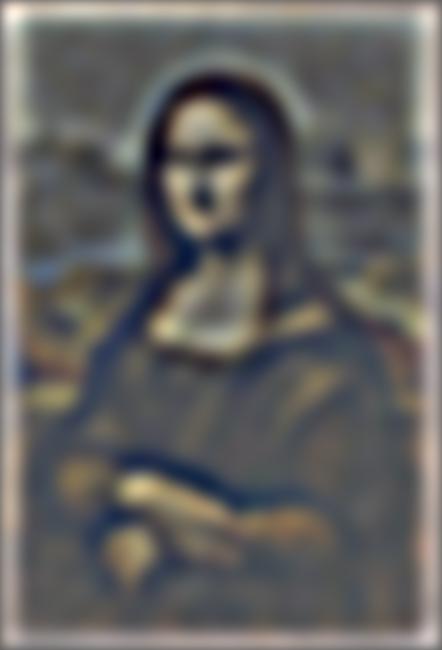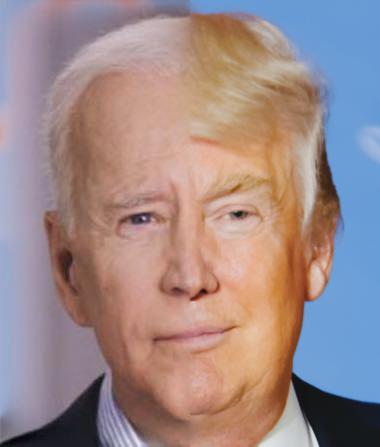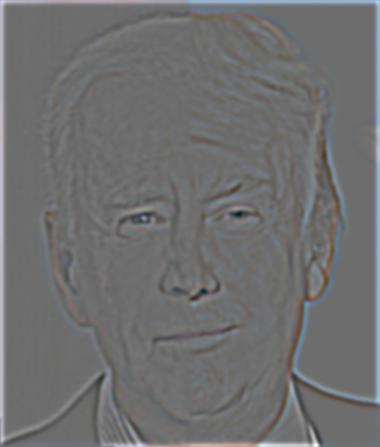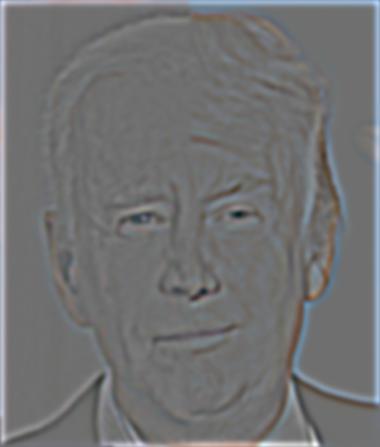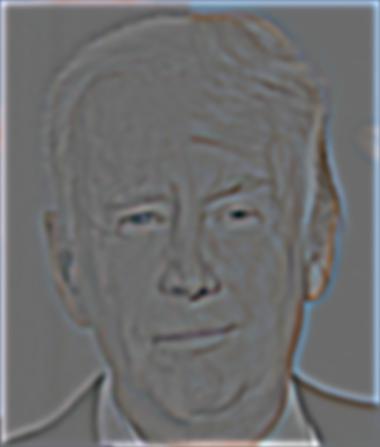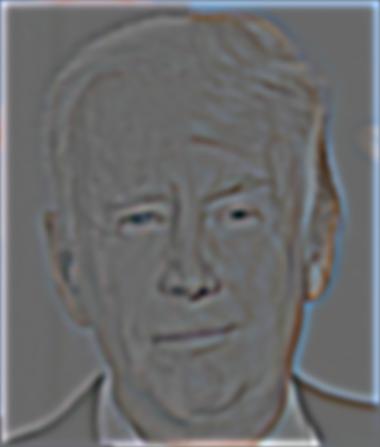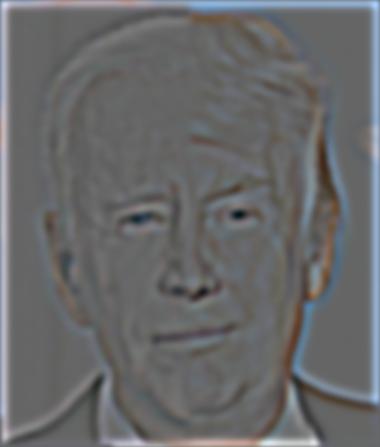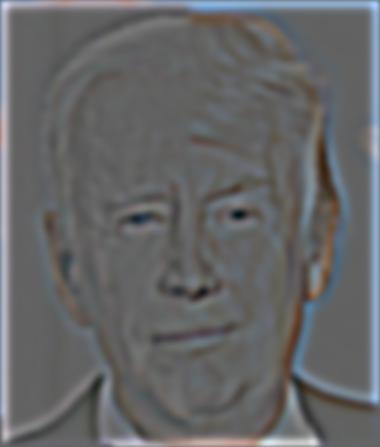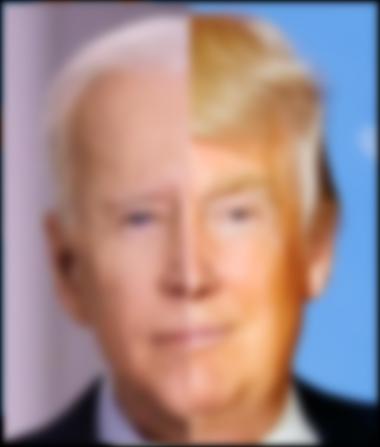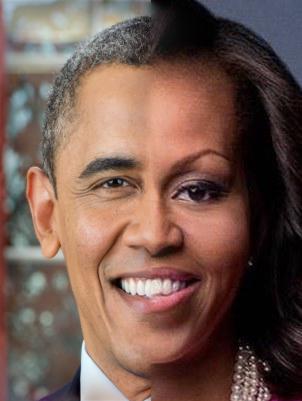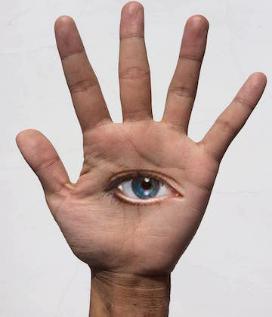Part 1
1.1 Finite Difference Operator
For the gradient magnitude computation, I first convolved the image with
[[1, -1]], then I convolved the image with [[1], [-1]]. When I did so, I
got the second and third image shown below. After this, for each point
in the convolved images, I summed their squares and took the square
root, then binarized them, using a threshold of 0.15, to get the fourth
image.
1.2 Derivative of Gaussian Filter
For this part, I blurred the image using a gaussian filter with kernel
size 9 and sigma 1. Then, I performed the same calculation I did in 1.1
to get the fourth image below, except with a binarization threshold of
0.09. The image was significantly less noisy and captured the edges more
cleanly. However, some details, such as the taller tower in the
background, no longer showed up in the blurred image. When performing
the convolution between the gaussian filter and [[1, -1]] and [[1],
[-1]], I got the second and third images, respectively (though I
increased the kernel size and sigma for the sake of visualization). This
changed the number of convolutions with the image to two rather than
three, and it yielded exactly the same result.
1.3 Image Straightening
For the following images, the first picture is the original image, the
second picture is the rotated image, the third picture is the histogram
of the original image, and the fourth picture is the histogram of the
rotated image. Some values in the histogram were removed, if convolution
with both [[1, -1]] and [[1], [-1]] resulted in a value less than 0.05
at the point, as I registered that as no edge. Though the results were
good, the last image didn't orient properly, as there are conflicting
lines in the image. Looking at the net, it's oriented diagonally, but
the springs along the bottom are oriented vertically. Additionally,
after cropping, the man in the middle of the image becomes the focus,
and it's unclear how to best align this man in isolation.
Part 2
2.1 Image Sharpening
By adding the first laplacian value three times to the gaussian blurred
image, I was able to successfully sharpen the images. In the third set
of images of the colosseum, I blurred it and tried to implement the
sharpening method to see how it would perform. Most notably, performing
the operation made the lines of the colosseum darker, but the image
didn't feel any more detailed, as this operation cannot create data from
nothing.
2.2 Hybrid Images
Below are a set of hybrid images that I computed. My favorite result is
the hybrid of trump and biden, which I show the grayscale fourier
domains for. The third and fourth images are the original fourier
domains of the trump and biden images. The fourth and fifth images are
the low frequency of the trump image and the high frequency of the biden
image. Lastly, the sixth image is the combined result of summing the
fourth and fifth images.
For the bells and whistles, I added color to enhance the effect. The
third image is the result of making both images grayscale, the fourth
image is the result of making of low frequency image grayscale, and the
fifth image is the result of making the high frequency image grayscale.
It seems the best results come from making the high frequency image
grayscale.
This image failed to blend well, seemingly because their features were
too distinct and different to merge. The notable aspects of both images
are the intricacies of their high frequency components, so naturally,
removing the high frequency components of one while leaving those of the
other wouldn't create a good blend.
2.3 Gaussian and Laplacian Stacks
The first row is the gaussian stack for Mona Lisa, while the second row
is the laplacian stack.
2.4 Multiresolution Blending
For the bells and whistles, I added color to enhance this effect, and I
showed the breakdown for the biden + trump image, because it was my
favorite result for this blending as well.
Cool things I learned
It helped me put a lot of the things we learned in lecture into a concrete
form, which was important for my understanding. I learned a lot about
using numpy effectively, as well as more about skio and plt!

